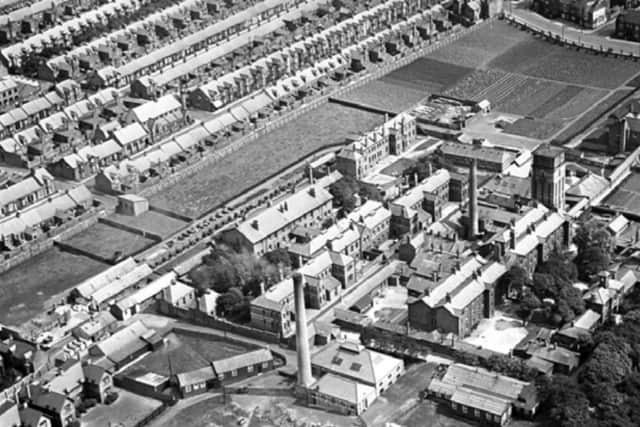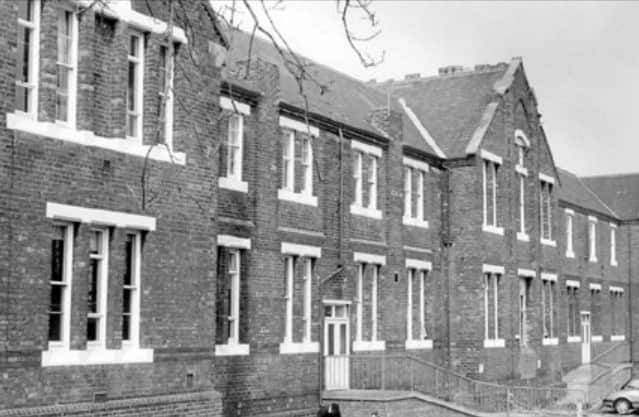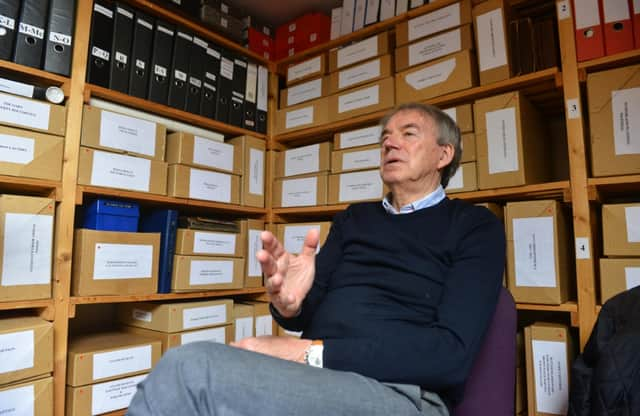Christmas in the workhouse and how Sunderland's poor celebrated
This article contains affiliate links. We may earn a small commission on items purchased through this article, but that does not affect our editorial judgement.
and live on Freeview channel 276
Who knew! Sunderland used to have its own crowning ceremony at Christmas.
And the person who literally had a crown coin put on their head was always one of the poorest people in Sunderland.
Advertisement
Hide AdAdvertisement
Hide AdPhilip Curtis, from Sunderland Antiquarian Society, explains.
Christmas was always the highlight of the year in Sunderland Workhouse.
The children in the institution in 1900 were given an orange, an apple, sweets and nuts while the adults received tobacco, snuff, tea and sugar.
Roast beef and potatoes - better than gruel
A Christmas dinner of roast beef and potatoes followed by plum pudding was a great improvement on the usual fare of bread, broth and gruel.
Advertisement
Hide AdAdvertisement
Hide AdThere was an additional treat for the adult residents that year when a glass of beer was served with the meal.


But it caused heated argument within the Board of Guardians.
The row over Christmas beer
An offer from the Moor Street Brewery, owned by Frederick Llewellyn Jones, to supply the beer free at Christmas 1900 was accepted by a vote of 15 to 14.
But Pastor Marsh had the decision to accept the offer rescinded a few days before Christmas.
Advertisement
Hide AdAdvertisement
Hide Ad

At an extraordinary meeting of the Board of Guardians on Christmas Eve, Patrick McCue pointed out the decision to rescind was illegal as 14 days-notice had not been given and beer did get served with the meal.
Stone-breaking in Sunderland
The Workhouse had a farm that not only provided produce such as milk and butter for the festive table but also regularly made a profit of £500 a year selling dairy products and pork to people outside the Workhouse.
The income from the farm helped towards the upkeep of the 941 in the Workhouse that year which in turn reduced the burden on the ratepayers.
The farm also provided work for some of the 1,874 on Out-Door Relief at this time.
Advertisement
Hide AdAdvertisement
Hide AdIn Sunderland this usually involved stone-breaking but in October 1879 the Board of Guardians agreed that eight to ten acres of the land at the Workhouse be spade dug by men employed at Test Labour.
Sunderland's very own crowning ceremony
57 men were employed but they would receive two-thirds of this relief in payment in kind – food, clothing or other necessities.
Every year the Mayor and Mayoress visited the Workhouse on Christmas Day. It was a tradition for the Mayoress to crown the eldest man and woman in the Workhouse.


She would place on the head of each of them a five-shilling piece which they were allowed to keep.
Advertisement
Hide AdAdvertisement
Hide AdLocal individuals and organisations also visited the residents on this day bearing gifts.
Gifts came in from the people of Sunderland
For decades the Cooperative Society and architects, William and Thomas Ridley Milburn, donated toys, games, books, oranges, cakes, biscuits and sweets every year.
Whenever Christmas was celebrated, the day after brought a return to the drudgery of life in the Workhouse for another year. Our thanks to Philip and the Society for the article which features in its latest newsletter.
It is packed with information and stories of Sunderland's past.
Advertisement
Hide AdAdvertisement
Hide Ad

Get along and find out more
Find out more about the society by getting along to its Heritage Centre which is open in Douro Terrace on Wednesdays and Saturdays from 9.30am to 12pm.
You can also visit the Antiquarian Society’s Facebook page or its website which is at http://www.sunderland-antiquarians.org
And to apply to become a member, email [email protected]
Comment Guidelines
National World encourages reader discussion on our stories. User feedback, insights and back-and-forth exchanges add a rich layer of context to reporting. Please review our Community Guidelines before commenting.